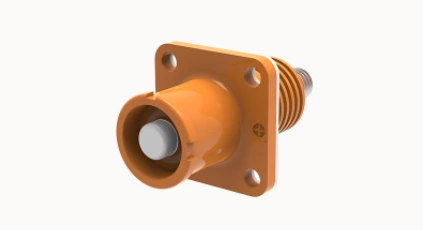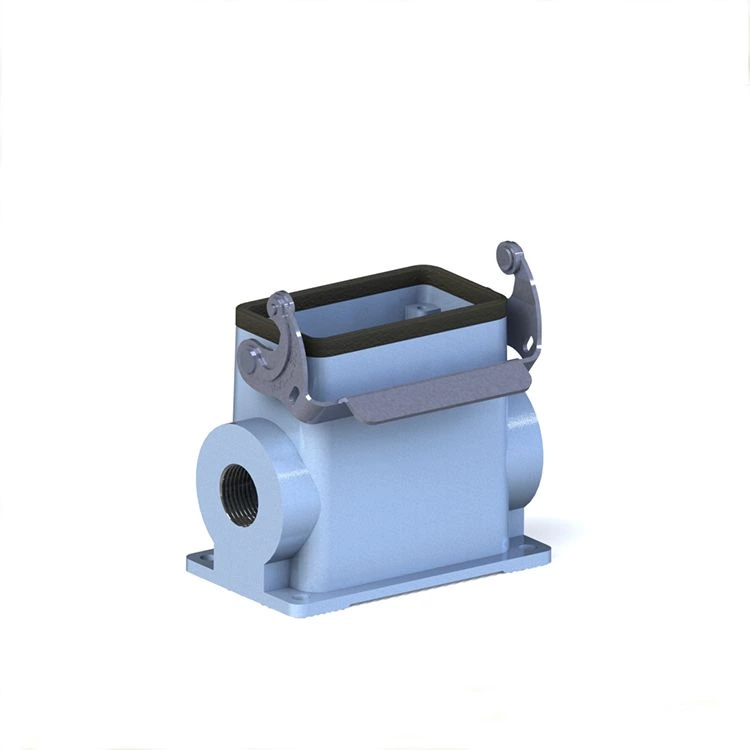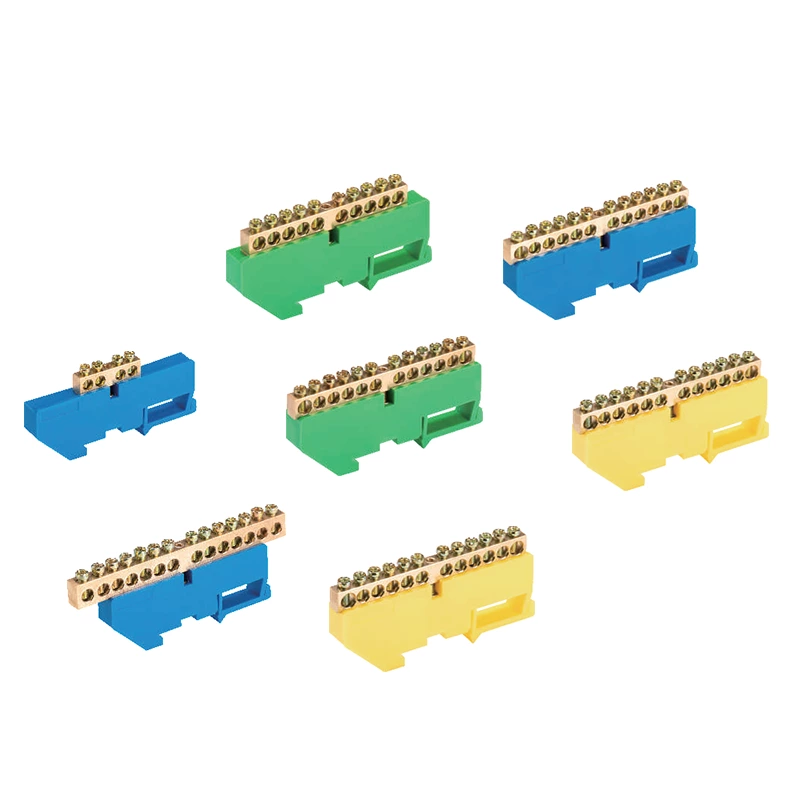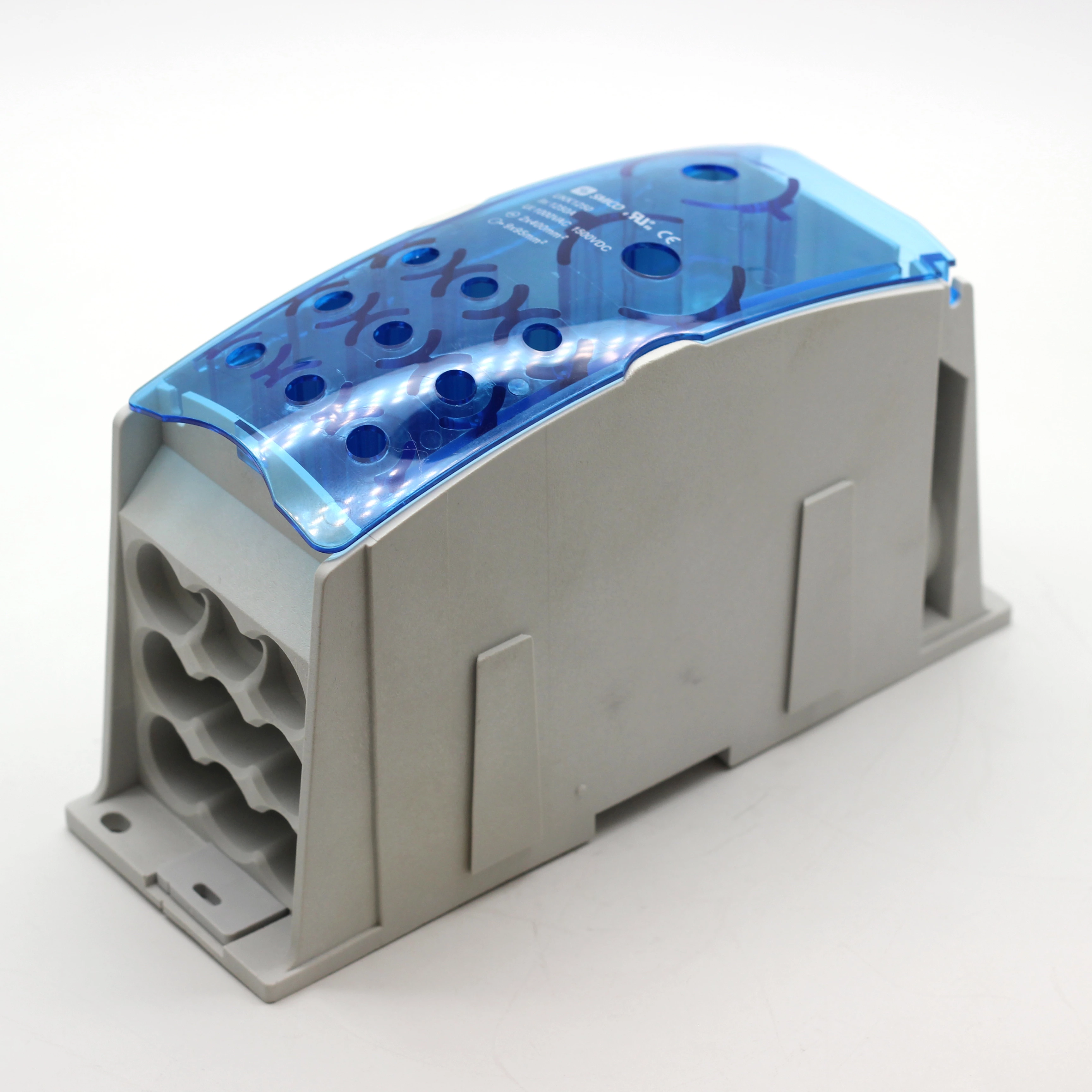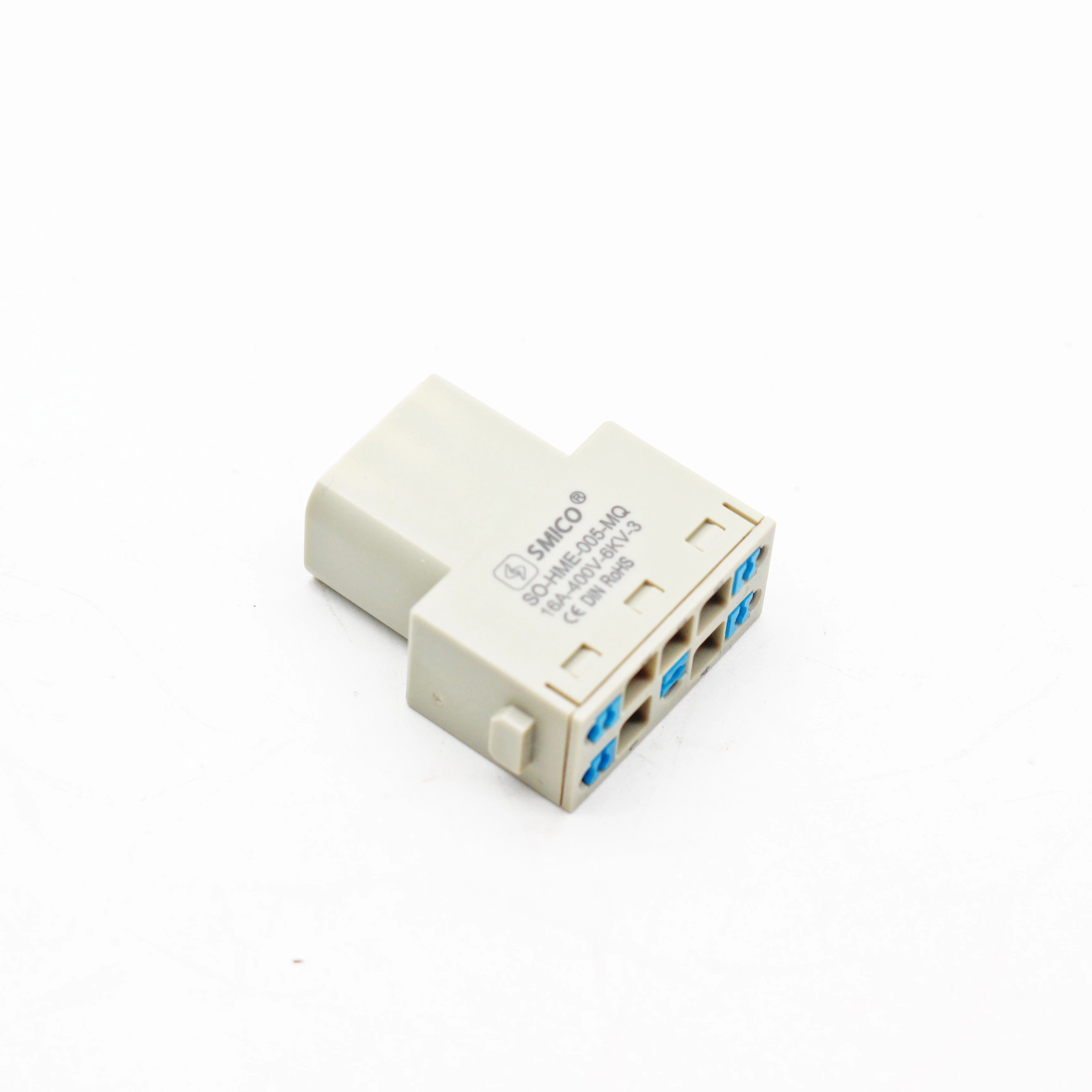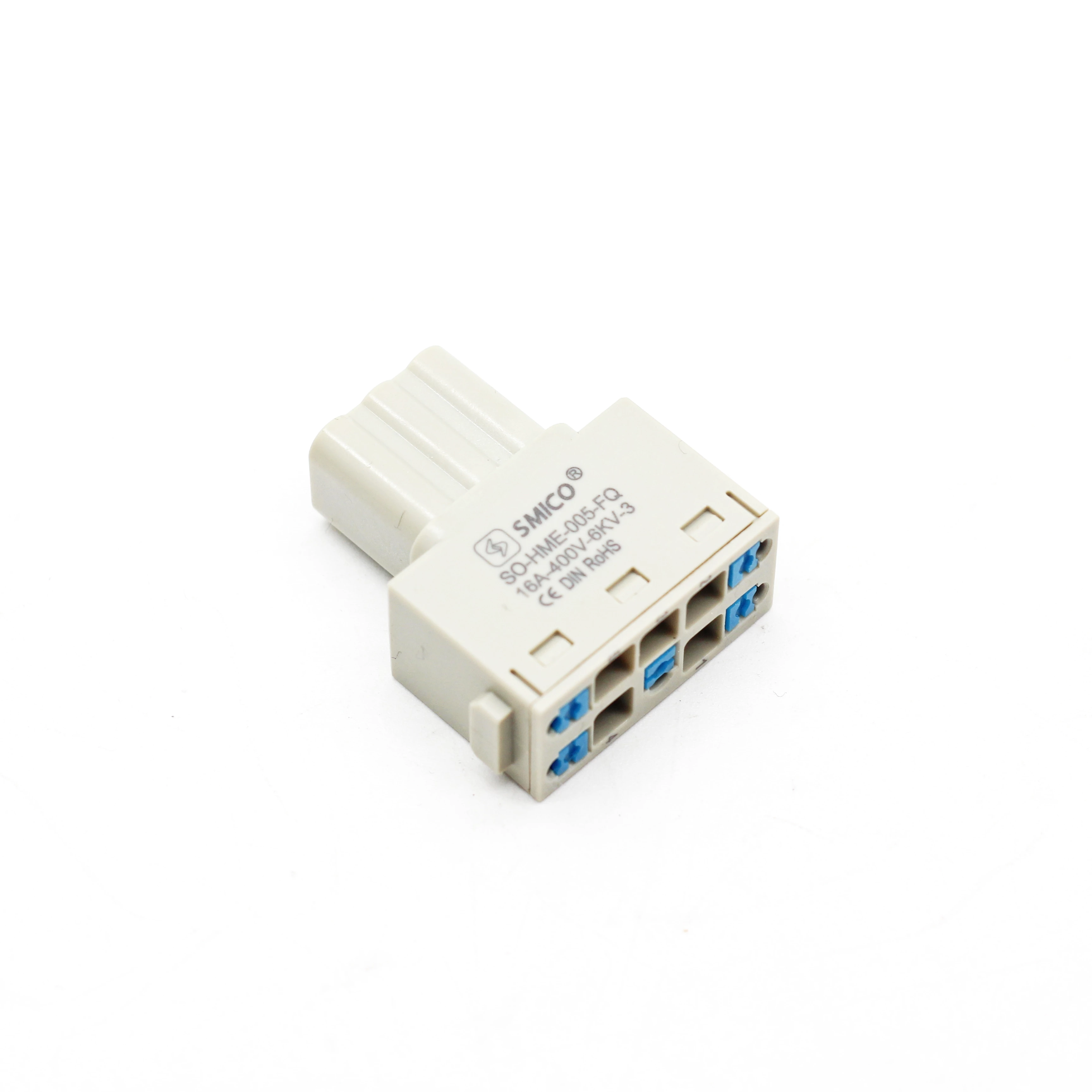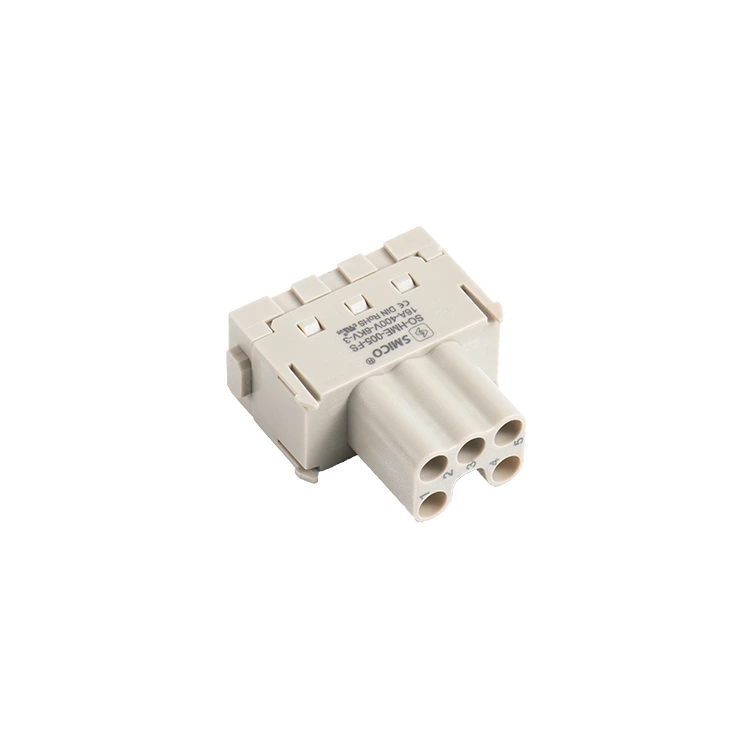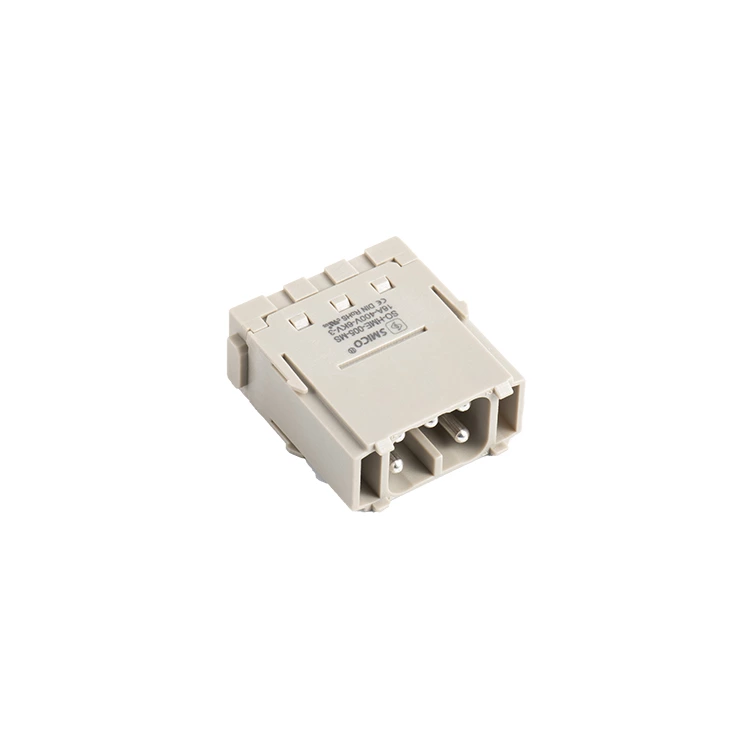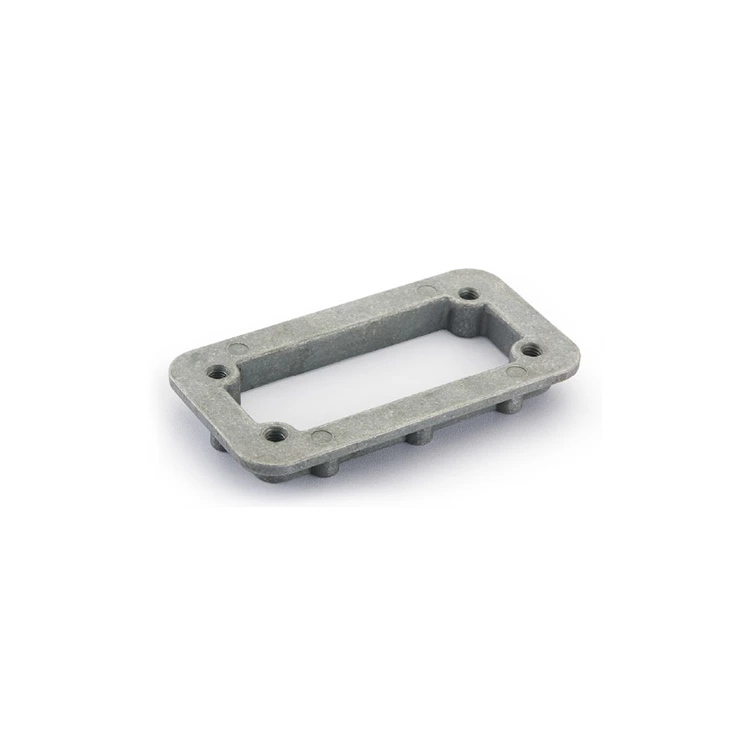In What Scenarios Are Push-type Terminal Connectors Widely Used?
push in terminal block wire connector is widely used in modern electronic devices, mainly serving scenarios where memory cards need to be frequently read and written. This type of push in wire terminal block has become a key interface for data transmission with its stable contact performance and compact structural design. In the field of consumer electronics, digital cameras and camcorders generally use push fit terminal block connector to achieve high-speed photo and video transmission. Although smartphones have gradually eliminated the design of external memory cards, mid- and low-end models still retain microSD card slots to expand storage space.
The industrial control field requires higher reliability for push connector block. Automation equipment often uses CFast or XQD card holders for program updates and data backup. These industrial-grade connectors have dust-proof and shock-proof characteristics. Medical equipment such as ultrasound diagnostic equipment and endoscope systems rely on dedicated medical card holders to ensure stable access to patient imaging data.
Financial terminal equipment is another important application scenario. The magnetic stripe card reader of the ATM machine and the IC card holder of the POS machine use a special coating process that can withstand more than one million plug-in and pull-out operations. The gate card reader of the public transportation system needs to be compatible with multiple radio frequency card protocols, and its card holder design often includes multiple anti-wear structures.
Military and aerospace equipment use card holder connectors made of special materials, which can work normally in extreme temperatures and strong electromagnetic interference environments. These connectors usually adopt a metal shell shielding design, and the contact piece uses a gold-nickel alloy plating. With the development of the Internet of Things, the SIM card holder in smart meters and shared devices also belongs to the category of card reader connectors, supporting hot-swap replacement of remote communication modules.
It is worth noting that there are obvious size differences between card holders of different standards. The thickness of the standard SD card holder is about 2.1mm, while the microSD card holder is only 1mm thick. The PCB board layout space needs to be considered during design. The current popularity of the Type-C interface has prompted some card readers to turn to USB direct connection solutions, but professional fields will continue to rely on dedicated card holder connectors for reliable data interaction.


